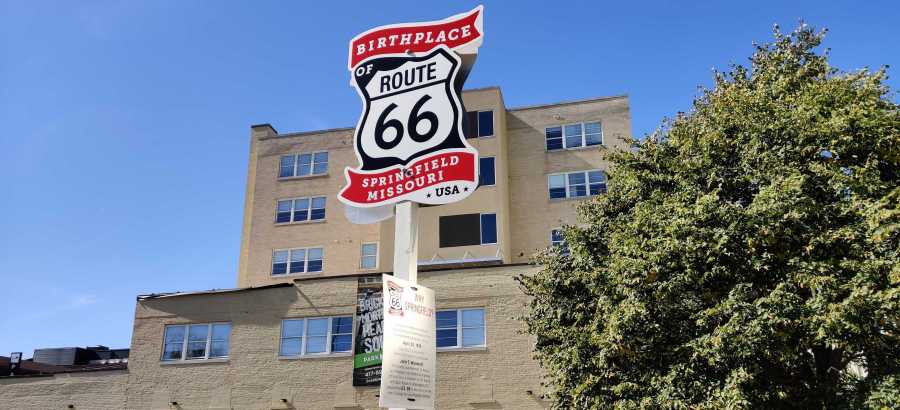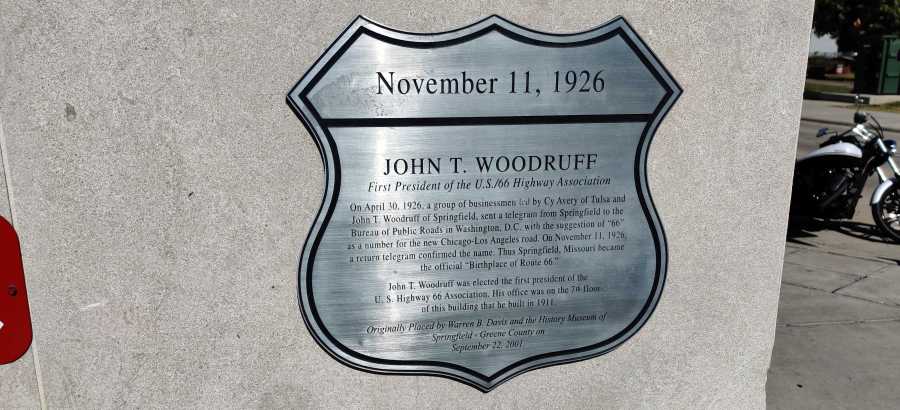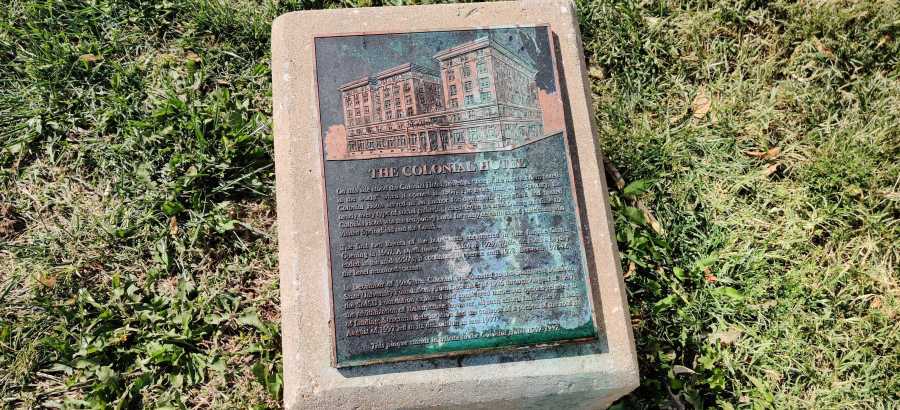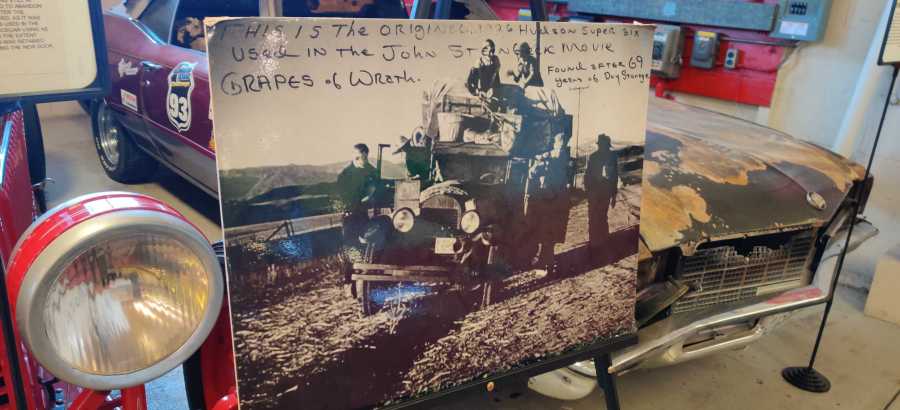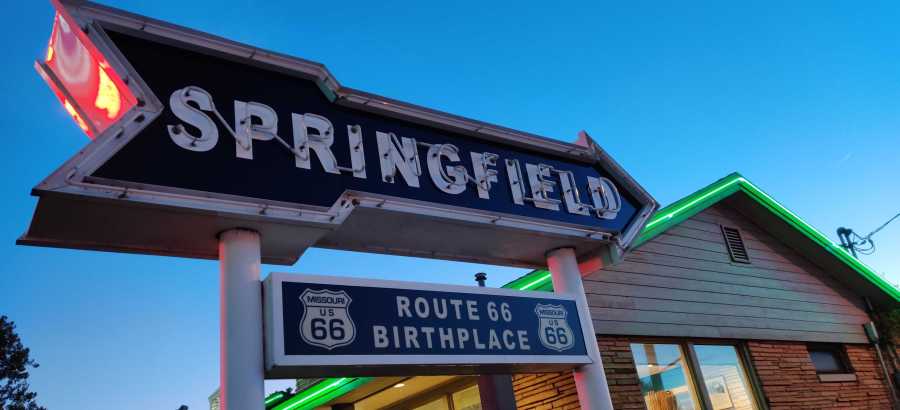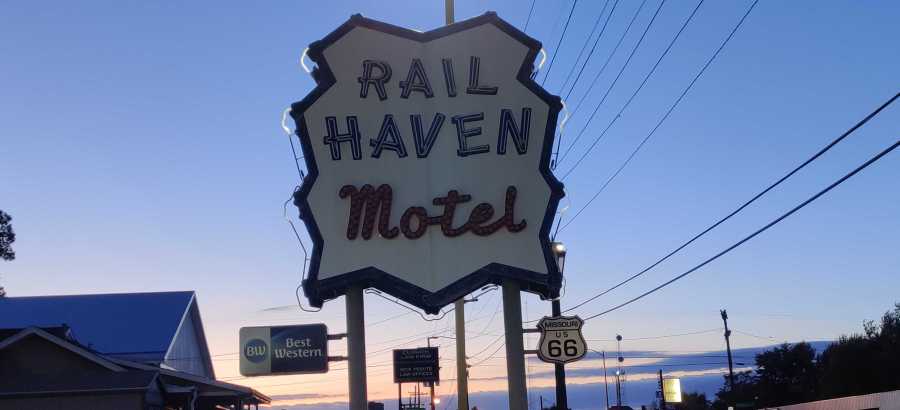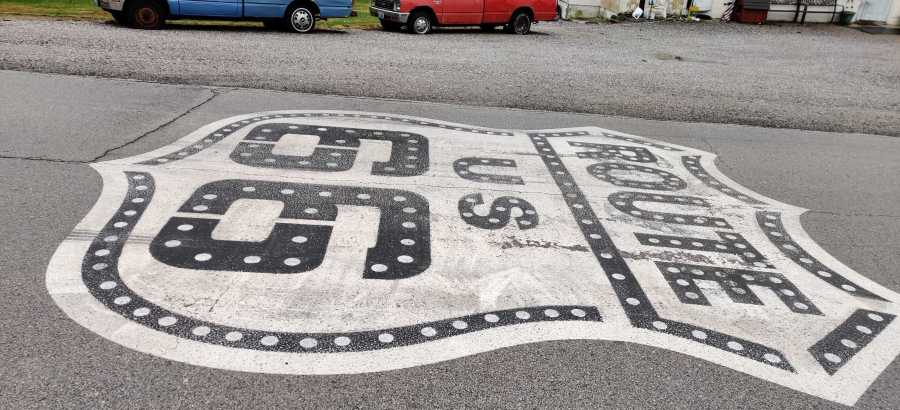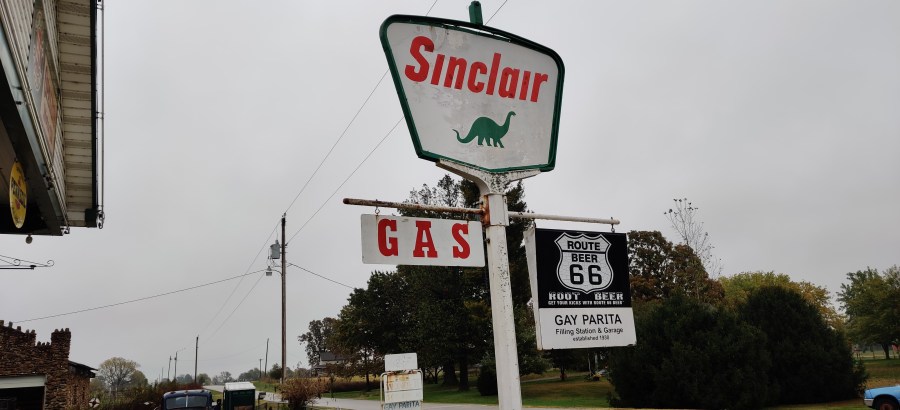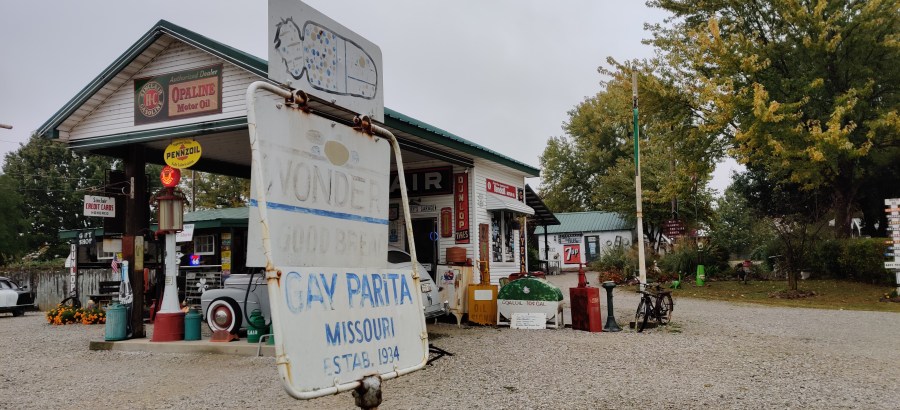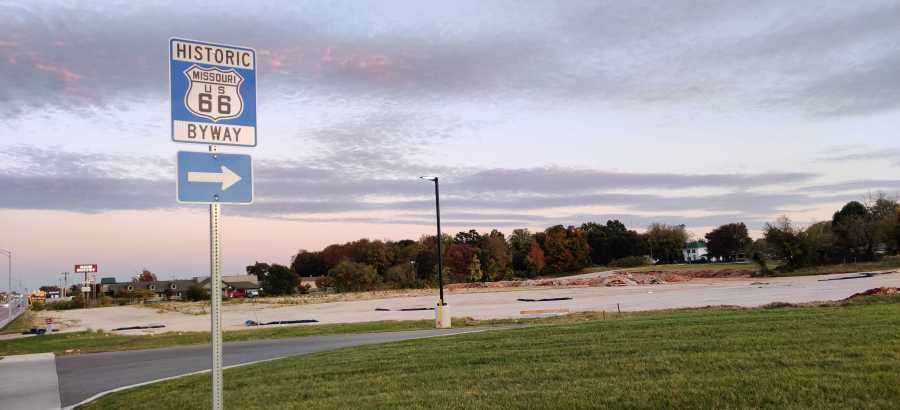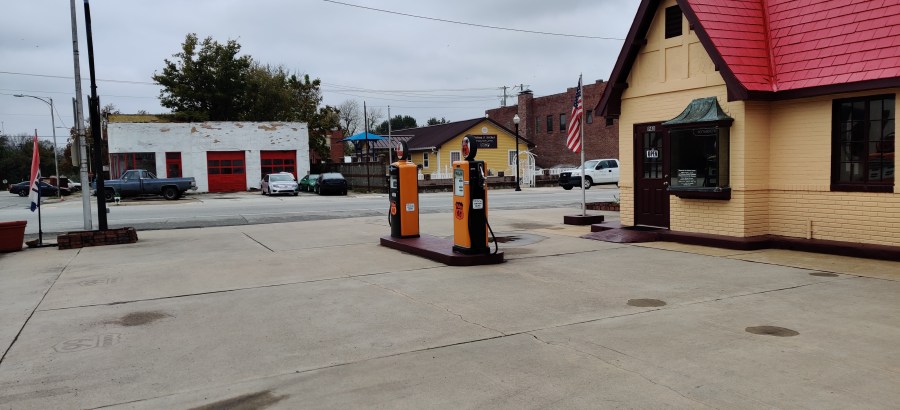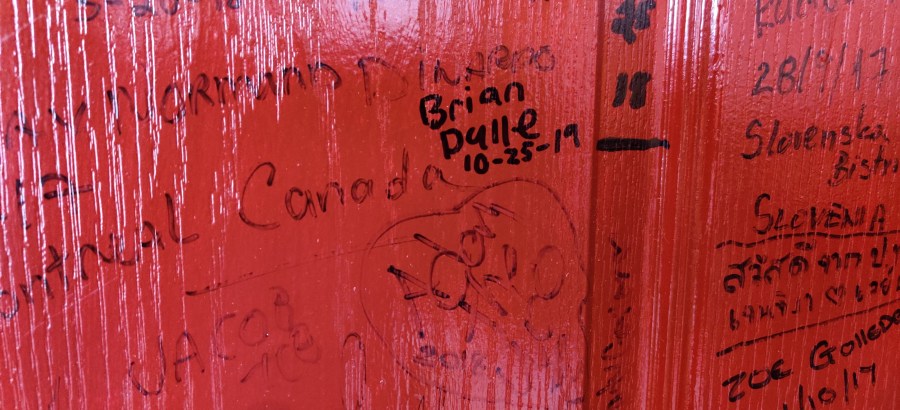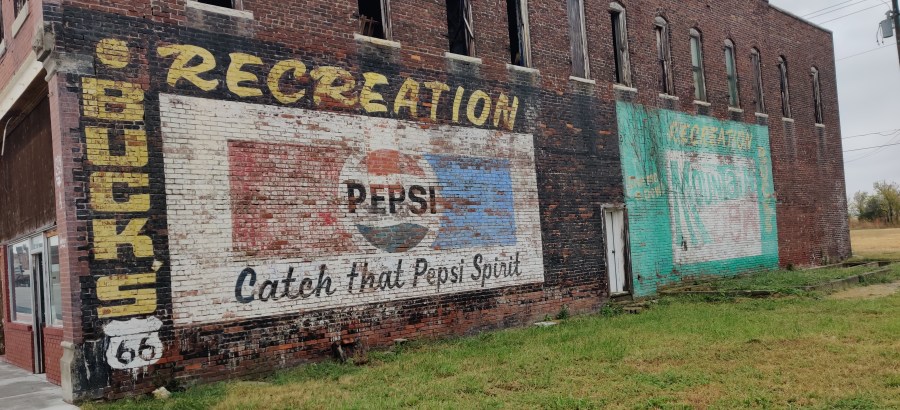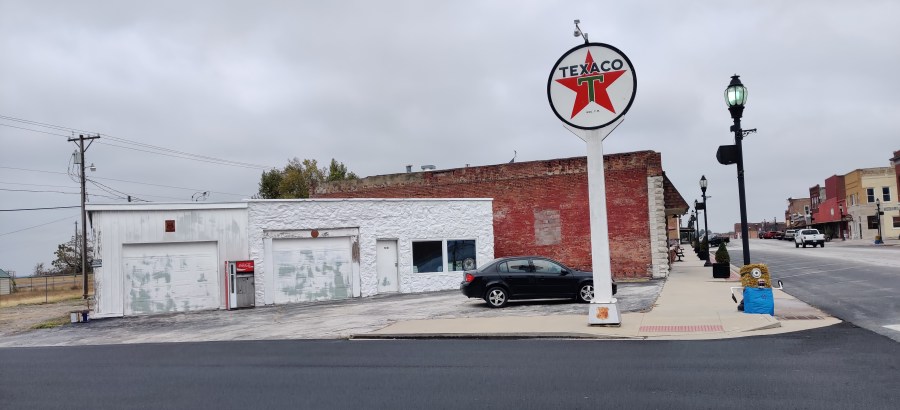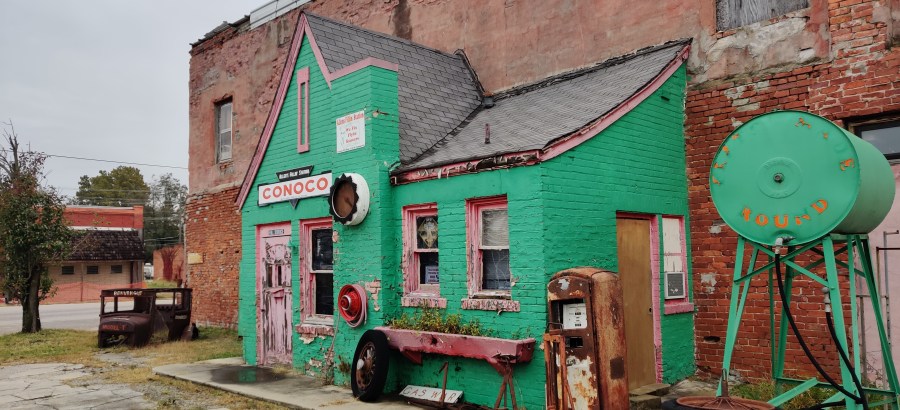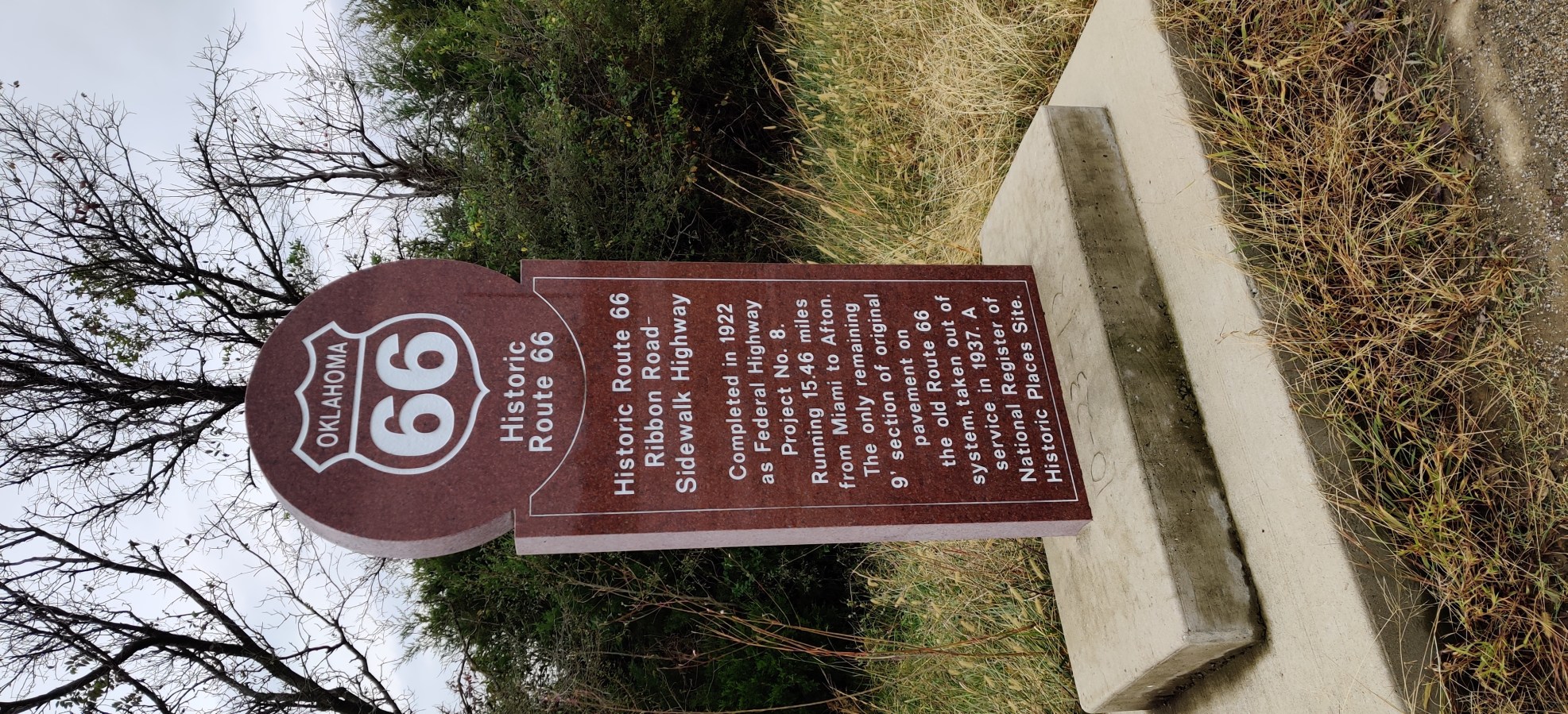SPRINGFIELD, Mo. — Though it may be gone from the U.S. Highway System, Route 66 remains a hot spot for travelers around the world.
The 2,448-mile stretch of two-lane road brought hope to those escaping the Dust Bowl in the 1930s. It helped create thousands of jobs during World War II, and today remains a symbol of the spirit of an ever-changing America.
On April 30, 1926, entrepreneurs Cyrus Avery of Tulsa, Oklahoma, and John Woodruff of Springfield, Missouri, sent a telegram to Washington D.C. from the Colonial Hotel in Springfield, suggesting the name “66” be given to their new highway going from Chicago to Los Angeles.
Originally they wanted the highway to be called Route 60, but that name was already taken by another highway. The American Association of State Highway and Transportation Officials then said they could have the name Route 62 which Avery called a “joke to the interstate highway,” according to TIME.
Avery discovered the number 66 was available and sounded better. A return telegram came on November 11, 1926 confirming the name Route 66.
Avery lobbied for the route because it would redirect traffic from Kansas City, Missouri, and Denver and boost the state’s prosperity.
In 1927, Avery pushed for the creation of the U.S. Highway 66 Association to promote paving U.S. 66 and promote travel on the highway. He was elected Vice President in 1929 and is known as the “father of Route 66.”
From the beginning, public road planners intended U.S. 66 to connect the main streets of rural and urban communities along its diagonal course for the most practical of reasons. It didn’t follow a traditional linear course like other highways.
During the Great Depression thousands of unemployed male youths from virtually every state were put to work on the road to pave the final stretches, according to the National Historic Route 66 Federation.
Route 66 was also significant to the nation’s war effort during World War II.
It helped facilitate the single greatest wartime manpower mobilization in the history of the nation. Between 1941 and 1945 the government invested approximately $70 billion in capital projects throughout California and created thousands of civilians jobs.
By 1970, a continually ever-changing America saw nearly all segments of the original Route 66 were bypassed by a modern four-lane highway.
“Route 66 symbolized the renewed spirit of optimism that pervaded the country after economic catastrophe and global war,” the National Historic Route 66 Federation said. “Often called, ‘The Main Street of America,’ it linked a remote and under-populated region with two vital 20th century cities – Chicago and Los Angeles.”
The outdated, poorly maintained vestiges of U.S. Highway 66 completely succumbed to the interstate system in October 1984 when the final section of the original road was bypassed by Interstate 40 at Williams, Arizona.
